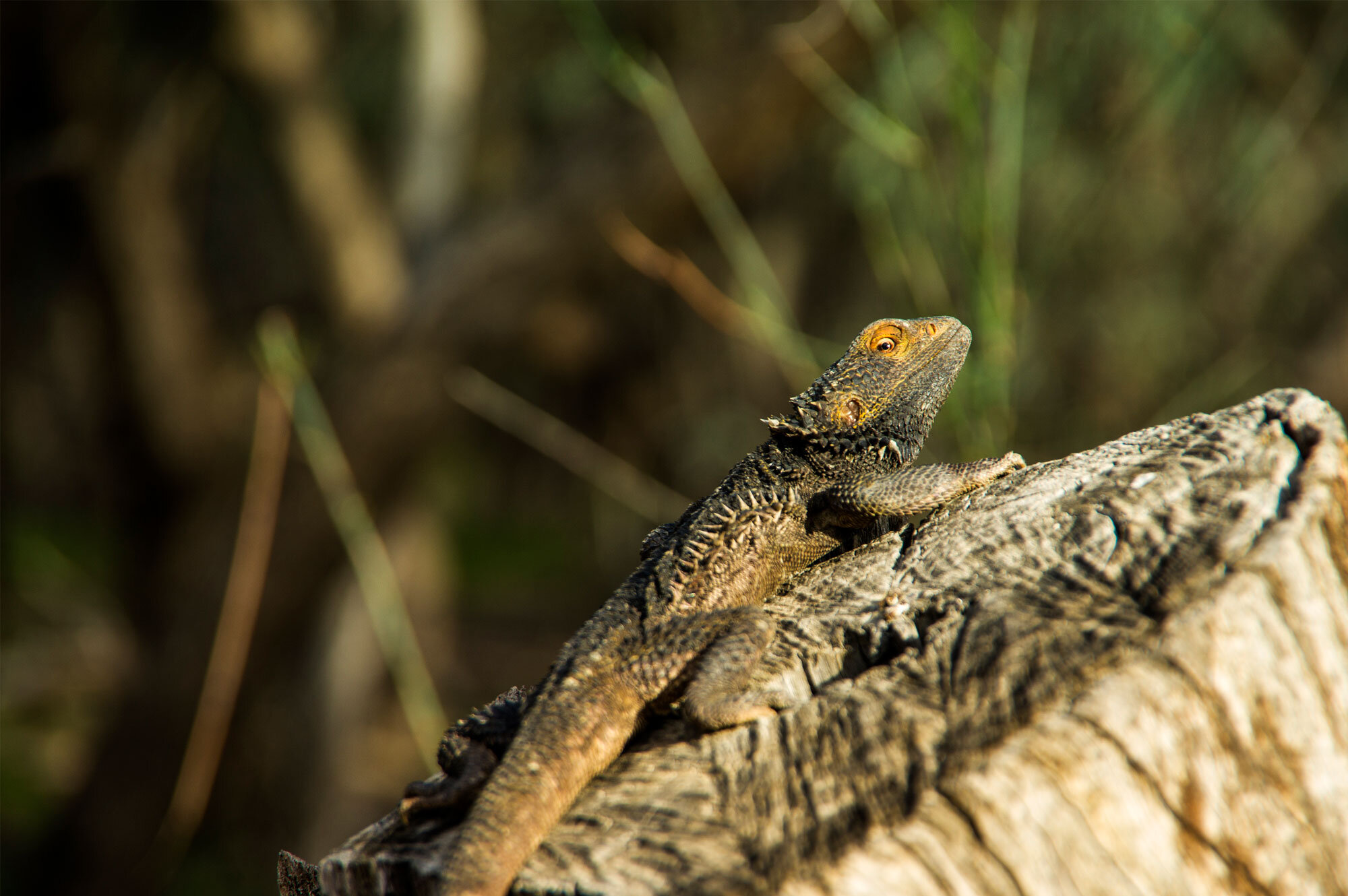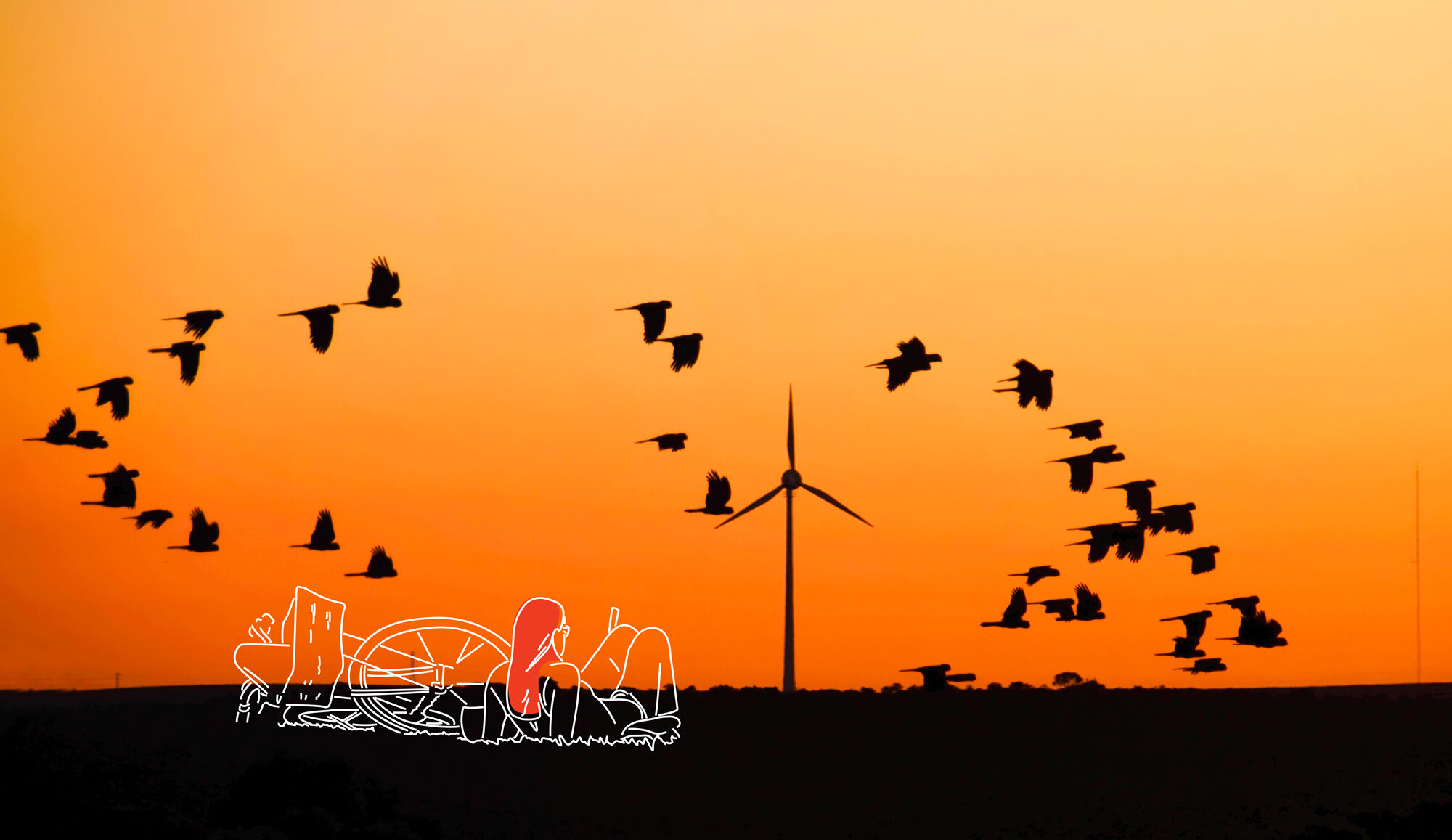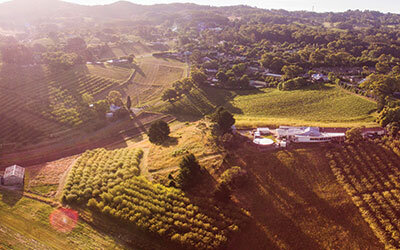
Our context
Case for change
Over the past 50 years we have experienced unprecedented changes in global environmental, social and economic systems such that the period has been referred to as ‘The Great Acceleration’. Many scientists and commentators believe we have entered a new geological era – termed the Anthropocene – in which human activity has become the dominant influence on the earth’s environment and systems such as climate.
Recent evidence strongly supports local, national and global climate projections that the planet is warming at an unprecedented rate as a result of human activity. The past three years have been three of the four warmest years on record, 2016 was the warmest year on record, and more than 260 heat and low rainfall records were broken in winter (2017), with average maximum temperatures reaching 1.9C above average. Changes to weather, storm and fire patterns are evident, locally and globally.
These changes will have uncertain but likely detrimental consequences for South Australia’s natural environment. While most of us have limited control over the global systems driving this change, we do have a choice about how we respond locally.
This scenario is both confronting and deeply distressing for many of us who recognise the intrinsic value of nature and the role it plays to sustain our lives as South Australians. It is easy to feel overwhelmed by the enormity of the challenges ahead and the loss we have already experienced.
Recognising some of the irreversible shifts, however, fosters potential to rethink nature, for example: how we view it, what we manage for, and how we can work differently with others to secure nature into the future. Concepts that seek to place nature at arms length from humans may need reshaping in a world where humans have become the dominant force.
It also prompts a recast of the role of First Nations perspectives of nature from template to guide, providing a historical context for future decision-making rather than a script.
While these concepts are challenging for many of us they also create new opportunities to respond and realise gains for nature conservation in a rapidly changing and uncertain context where perhaps the greatest risk of all is to bury one’s head in the sand.
— ♢♢♢ —
Photo: Creative Commons Attribution by Dan O’Cker via Flickr
Strong history
Building on deep foundations
We recognise that the work we do in the future builds on the legacy of those who have come before us.
Aboriginal people have played a fundamental role in shaping and managing nature for millennia (see Shift #1). Their worldview and connection to country ensured that nature was not over exploited.
In recent times conservationists and land managers have worked tirelessly to conserve, manage and honour South Australia’s natural heritage within the western paradigm of nature conservation. In particular the protection of many areas within the National Parks and reserves system resulted from their tireless efforts.
We are standing on the shoulders of these people, past and present, and South Australians are in their debt for the wealth of nature we enjoy today.
It is also critical to acknowledge that protecting and sustainably managing nature through traditional conservation practices such as native vegetation protection, revegetation, protected area management and landscape connectivity will be as crucial in the future as they ever have been.
— ♢♢♢ —
Shift: (verb) to cause something to move or change from one position or direction to another.

The big ideas
9 Shifts
The scale and rate of global changes has compelled us to start looking at nature conservation through a number of different lenses. Building on the discussion paper and statewide forum, nine areas were identified where a shift in our thinking, approaches, or actions is expected to foster better outcomes.
Many of the conservation activities we have historically undertaken will continue to be important, however, increasing emphasis should be placed on the identified shifts, starting now.
While these shifts are, in reality, intertwined, they have been broken down into separate ideas in order to communicate them.
Taken together these shifts represent a new paradigm for nature conservation, one built on the legacy of past efforts, but that prepares us for the future. This ‘future-orientated’ paradigm will form the basis of strong and deliberate conservation planning and action going forward.










